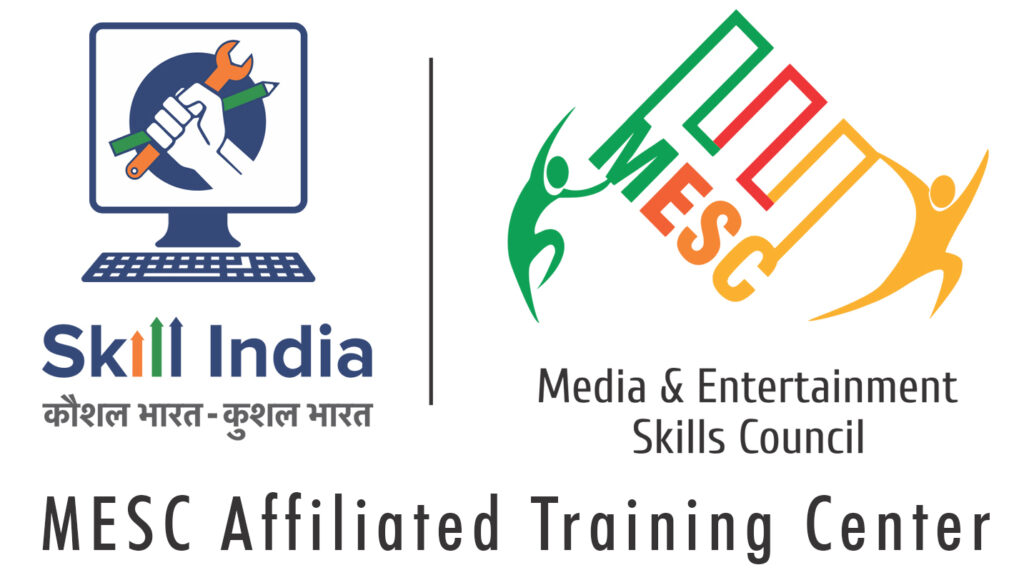The Ultimate Guide to Animation Careers: Explore Lucrative Opportunities in the Animation Industry!
Course overview :
Animation careers extend far beyond feature films and cartoons. Today, the industry caters to video games, advertising, marketing, education, medical visualization, and even virtual reality experiences. The art of bringing characters and stories to life through motion and visual effects, has become a captivating and essential part of various industries. From traditional hand-drawn animation to cutting-edge computer-generated imagery (CGI), animation has evolved into a powerful tool with applications in films, video games, advertising, education, architecture, and more.
This ultimate guide aims to provide aspiring animators with an in-depth exploration of the vast opportunities that the animation industry offers.
Understanding the Vastness of Animation Careers
The world of animation extends far beyond the boundaries of conventional storytelling. Today, animators have the chance to explore diverse industries, each with its unique requirements and demands.
Feature films and television series remain popular avenues, but the animation industry now encompasses video games, virtual reality experiences, architectural visualization, medical simulations, advertising, and marketing, among others. Understanding the breadth of opportunities available will help you choose a career path that aligns with your interests and skillset.
Mastering the Art of Animation
To thrive in the competitive animation industry, mastering the art of animation is essential. Whether you prefer traditional hand-drawn animation or the precision of 3D computer animation, honing your artistic and technical skills is crucial.
Familiarizing yourself with industry-standard software such as Adobe Creative Suite, Autodesk Maya, or Blender will enable you to create visually stunning and captivating animations. Continuous learning and practice are the keys to becoming an accomplished animator.
Animation is a multifaceted craft that involves storytelling, character development, and the skillful use of movement and timing to evoke emotions and captivate audiences. Developing a deep understanding of the principles of animation, such as squash and stretch, anticipation, and exaggeration, is crucial to create believable and engaging characters and scenes.
Diving into Specializations
Animation offers a plethora of specializations, each with its own set of challenges and rewards. If you have a passion for character development and storytelling, character animation might be your calling. Motion graphics specialists create eye-catching visual effects for commercials and title sequences, while those in the visual effects (VFX) domain bring magic to the big screen through realistic explosions and fantastical creatures. Exploring different specializations will help you find your niche and build expertise in a particular area.
Character Animation: Character animators breathe life into digital or hand-drawn characters, giving them personality, emotions, and believable movements. This specialization is prevalent in the film, television, and gaming industries.
Motion Graphics: Motion graphics artists use animation to convey information or messages in a visually compelling manner. This field is in high demand in advertising, marketing, and explainer videos.
Visual Effects (VFX): VFX animators create mind-blowing special effects, compositing computer-generated elements with live-action footage. They contribute to movies, TV shows, and video games, enhancing visual storytelling.
Architectural Visualization: Animation in architecture allows architects and designers to showcase their creations through dynamic visualizations, offering clients a virtual tour of the final product.
Medical Visualization: Animation is used in the medical field to create accurate visualizations of anatomical processes, surgical procedures, and medical simulations for training and patient education.
The Importance of Networking
In the animation industry, networking plays a crucial role in career development and professional growth. Attending industry events, conferences, and workshops not only keeps you updated on the latest trends and technologies but also provides invaluable opportunities to connect with seasoned professionals, industry leaders, studios, and potential collaborators.
Building a robust network can lead to exciting projects, freelance opportunities, and even full-time positions. Often, job openings and freelance gigs are shared through word-of-mouth in the animation community, making networking an essential aspect of advancing in the field. This will ultimately help in boosting your animation careers.
Pursuing Education and Internships
Formal education and internships are fundamental stepping stones in an animator’s journey. Enrolling in reputable animation institutes or pursuing online courses that offer comprehensive curriculums can provide you with the foundational knowledge and skills needed for a successful animation career.
These educational programs typically cover various animation techniques, software proficiency, storytelling, and industry insights, giving you a well-rounded understanding of the animation world.
Animation is an ever-evolving field, and staying informed about the latest industry trends, techniques, and software advancements is crucial. Engaging in continuous learning through workshops, online tutorials, and industry seminars will keep your skills sharp and relevant in a competitive job market.
Internships, whether they are paid or unpaid, offer the chance to apply your skills in real-world scenarios and gain invaluable industry exposure. Working alongside experienced professionals and collaborating on actual projects provides insights into the animation pipeline and studio dynamics. Moreover, internships are an excellent opportunity to enhance your animation careers by showcasing your talent, dedication, and work ethic to potential employers, increasing your chances of securing a job after completing your studies.
Showcasing Your Talent with an Impressive Portfolio
A well-curated portfolio is your visual resume, representing your abilities and unique artistic style. Your portfolio should include a diverse collection of your best works, demonstrating your range of skills and versatility as an animator. Employers and clients often seek animators who can adapt to different styles and challenges. Including both personal projects and professional assignments in your portfolio allows employers to understand your creative vision and technical expertise.
Regularly updating and refining your portfolio is essential as you progress in your animation career. As you complete new projects and gain more experience, replacing older pieces with your latest and most impressive work will ensure that your portfolio remains a true reflection of your growth as an animator. Your portfolio is your chance to make a strong first impression, so investing time and effort in presenting it professionally can significantly impact your career prospects.
Embracing Emerging Technologies
The animation industry is constantly evolving, and staying up-to-date with emerging technologies is essential for animators to remain relevant and competitive. Advancements like AI-driven animation, virtual production techniques, and augmented reality experiences are shaping the future of animation.
Embracing these cutting-edge tools and techniques can open doors to new creative opportunities and keep your skills in high demand in the ever-changing job market.
Animation studios and companies often seek animators who are comfortable adapting to new technologies and approaches. By staying informed and experimenting with emerging tools, you demonstrate your adaptability and willingness to push the boundaries of animation. Additionally, keeping an eye on industry trends allows you to identify potential niche markets or areas where your unique skills and expertise can shine.
Navigating the Job Market
Once you feel prepared to embark on your animation career, navigating the job market becomes the next crucial step. Researching job opportunities and studio openings is essential for finding the right fit for your aspirations and goals.
Online platforms like LinkedIn, industry-specific job boards, and networking events are excellent resources for job hunting. Moreover, reaching out to industry professionals, attending portfolio review sessions, and seeking mentorship can provide valuable insights and guidance.
Networking plays a vital role in job hunting as well. Building connections within the animation community can lead to job referrals and recommendations, often giving you a competitive advantage over other applicants. Additionally, staying active in online animation communities and forums can provide access to job postings that may not be widely advertised.
Conclusion
The animation industry is a dynamic and exciting realm that offers diverse opportunities for aspiring animators. By understanding the vastness of animation careers, mastering animation techniques, exploring different specializations, networking effectively, pursuing education and internships, showcasing your talent with an impressive portfolio, embracing emerging technologies, and navigating the job market strategically, you’ll be well-prepared to embark on a successful animation career.
Animation has the power to captivate audiences, tell compelling stories, and inspire imaginations. With dedication, passion, and the continuous honing of your skills, you can play a vital role in shaping the world of animation for years to come. So, let your creativity soar, and make your mark in the fascinating world of animation!

